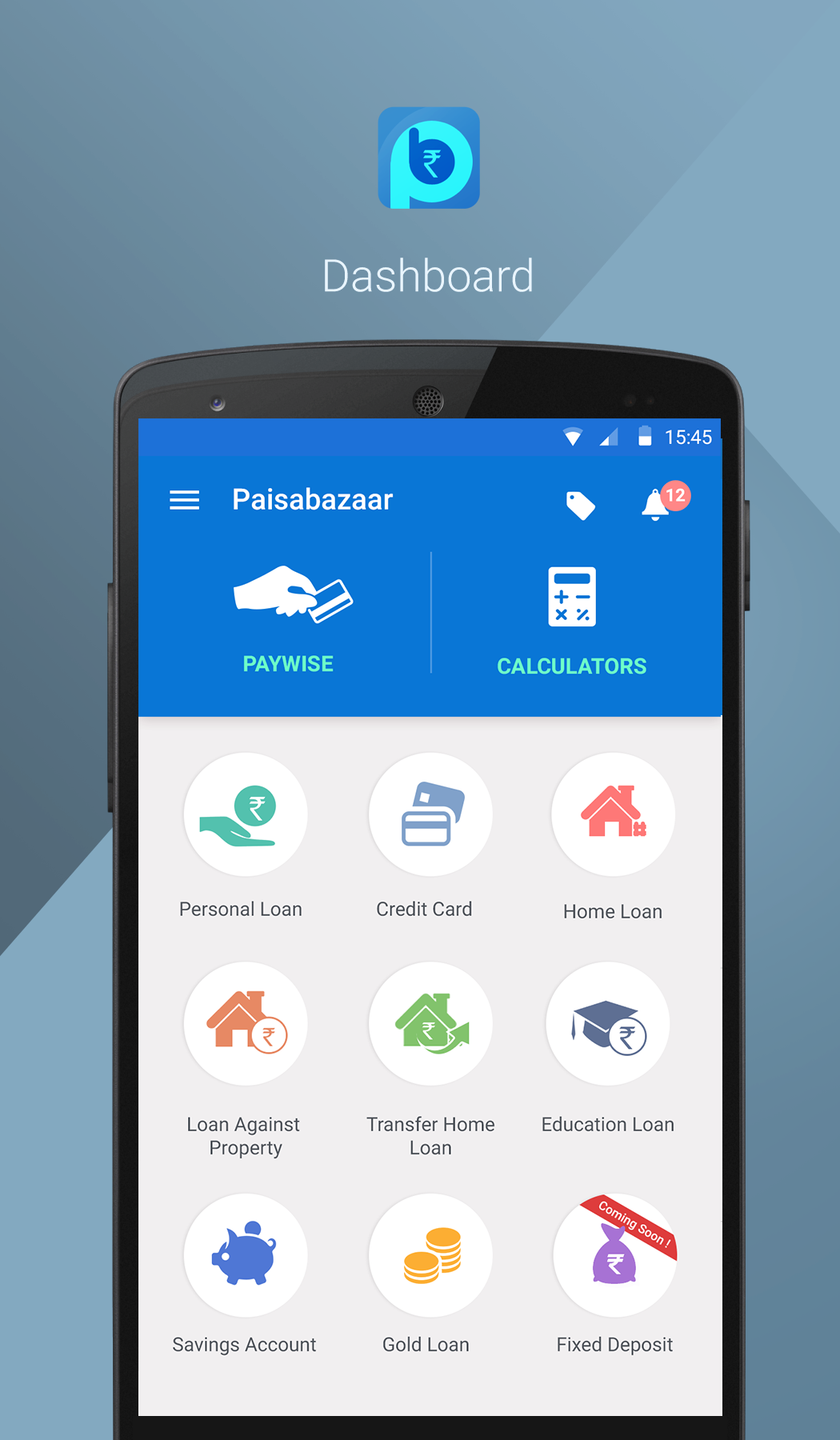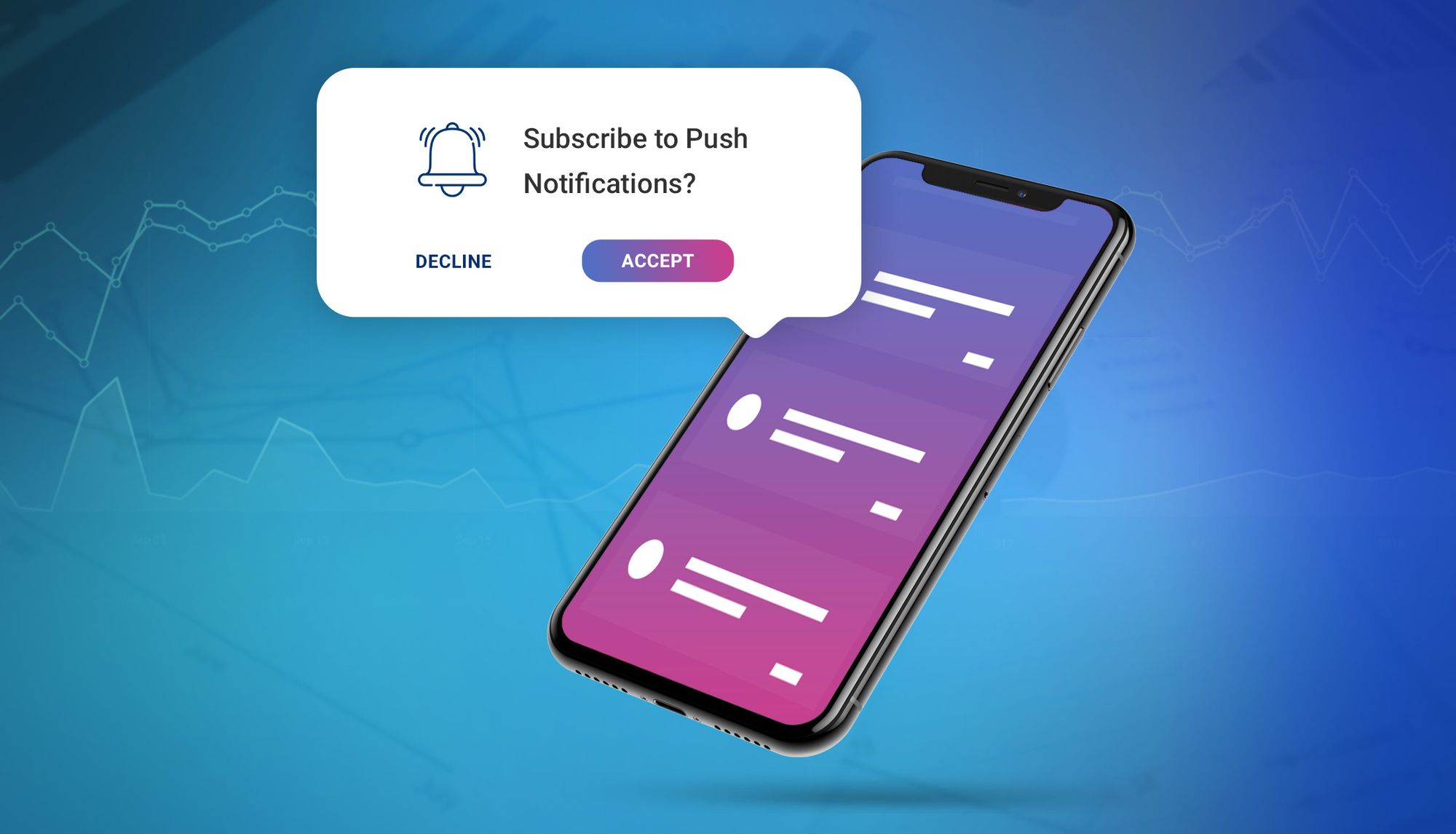
One of the ways to enhance the productivity of a business these days is by presenting the services and products of the business through a mobile app be it Android, iOS, or some other. So what does a business require from that app? Profit, what else? Another question that comes to mind while choosing a specific app development team is the app development cost that the business will have to endure. Mobile app development cost, among other factors, plays an important role. If stats are to be believed there are more than 3 billion users worldwide as of today. Many of these users are having not only one mobile but more than one mobile – one for personal and one for office use. These mobiles have different types of apps installed that range from games, education, business, movies, and music apps (though there can be more categories as well). Let’s see how much of the amount does a business spends on getting a mobile app developed.
With the new year already in with different and upcoming new technologies for developing mobile apps, many of the businesses would be looking for a formula to calculate the mobile app development cost in 2020. However, there is no such formula when it comes to mobile app development. But just for the convenience of the users, the following formula might hold good to calculate how much does it cost to make an app.
| Cost of Mobile App Development = | (App Features * Time Taken) * Rate per Hour |
STEPS INVOLVED
To begin with, let’s see the steps involved in the development of a mobile app.
Step I: Get a quote from various mobile app development teams and compare them. See who is offering more features at a reasonable price
Step II: Select the platform(s) you want your mobile app to be available on. It may be an Android, iOS, Windows, or even all. This will add to the development cost though.
Step III: Specify the functionality you want your app to perform.
Step IV: Specify the features according to Priority. This will reflect your business requirements.
Step V: Last, but most important of all, ask the developers to include features that a business app must have such as authentication and authorization.
COST ESTIMATION

Having seen the steps, let’s start with each of the steps in detail.
- The Platform: Considering that you want your app to be available for Android, iOS, or both, certain facts need serious thinking. The business needs to know which OS would benefit them more. Just saying iOS or Android does not fulfil the needs.
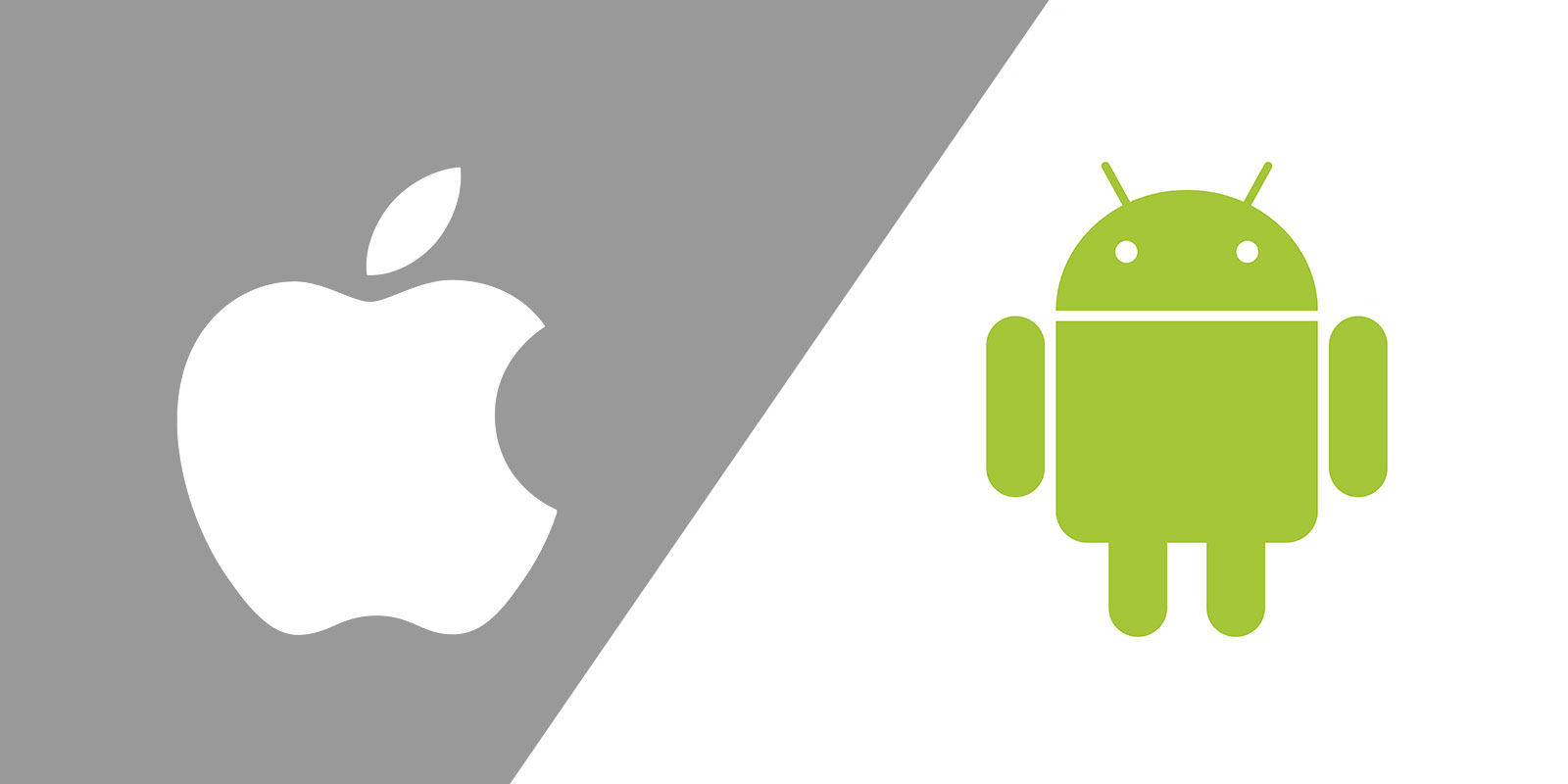
Benefits
- iOS: Astonishing but true. iOS cost less than Android as far as their development is concerned. iOS apps find their market with the upper class. Thus even paid apps are not a problem in the case of the iOS platform. Apps on iOS are easier to use for novice users even. Because of strict guidelines for app quality, an iOS app finds more users than an Android app.
- Android: In Asia, Android has a bigger market than iOS. It has lower download costs as compared to iOS. Android has low maintenance costs as it is not supposed to be regularly refreshed like iOS. Unlike iOS, Android doesn’t have strict guidelines for quality and as such developers are at ease while developing the Android apps.
Disadvantages
- iOS: iOS has a high cost of hosting that can go up to $200. The number of iOS users in the Asia-Pacific region is quite limited as such. Also, one of its benefits is its disadvantage i.e. strict guidelines for app quality. Due to these strict guidelines, developers turn to Android or Windows.
- Android: Well this is not a platform where you can easily sell your paid apps. Users of this platform like to download free apps more. As far as the development of an Android app is concerned, it takes a bit more time than an iOS app.
- Mobile App Type: While the Platform for which the app is developed matters, the type of the application also does. These days, mobile users prefer to have a mobile app rather than web apps. Here too, the mobile apps can be classified into Native and Hybrid apps. Native apps are built for a single operating system such as Android or iOS, but the Hybrid apps can function on both the platforms. Though Hybrid apps are being considered the future of mobile apps, they are still in their infancy and Native apps are more preferred than Hybrid apps.
- Development Location: This also affects the cost of the mobile app. If the mobile app is being developed in-house, then the cost is bound to decrease. In the case of outsourced mobile app development, the cost will certainly go up as extra money will have to be paid to the developers.
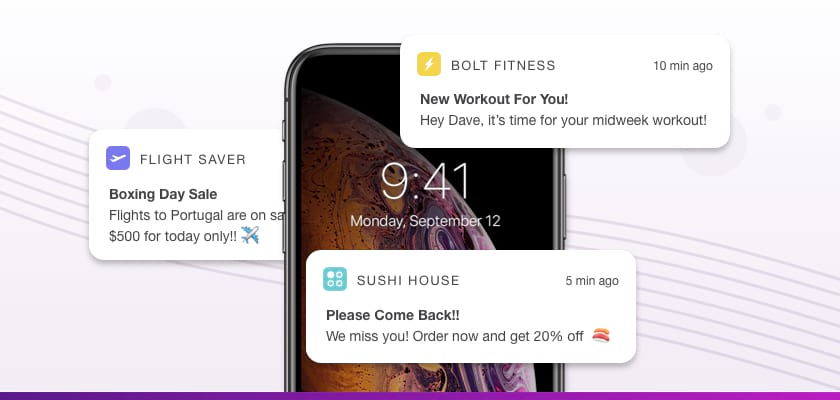
Features: The cost of the app will go up as more and more features are being added to the app. This is because the developers have to put in the number of hours to achieve the desired end-result. A user login-enabled app adds 20 man-hours, 24-hours for a push-notification feature, navigation bar adds up to 40 man-hours,64-104 hours for media content sharing,24 for Geolocation features, in-app messaging takes around 60 hours, while database connectivity takes around 18 hours. This beside the time taken for architecture development, environment setup, design, bug fixes, project management and documentation which collectively take up around 500+ hours. Further, the cost of the app will also rise if your app falls between one of the simple, moderate, and complex types of apps. The simple type of apps just have the core features, moderate have features such as payment gateways, API integration, and backend-server support. Complex apps on the other hand have a good UI, multi-language support, Real-time features through the use of the database, and custom animations as well. What method must be used to calculate which features to include and which not to? The answer is brought to you by a technique called MoSCoW which categorises features into
- features that must be present,
- important features that should be present
- the not so important features but can be considered in a later version
- the not required features.
All features can be categorized as thus when you go to the developers.
- Cost Charged by App Developers: Another factor that counts in when calculating the cost of a mobile app is the hourly rate charged by mobile app developers. However, this can differ from place to place and from developer to developer as well. Countries like the US and Canada have rates that range from $50 to $250 while the rates in India will vary from $10 to $80 per hour. As such the place from where the app is getting developed also matters a lot.
Let’s Conclude
Having said a lot about the factors that affect the cost of mobile app development, one thing is for sure – there are no fixed criteria to answer this question. This is because each mobile app has a unique business aim to solve problems, and is aimed at specific users.
In addition, various applications require a specific amount of space on mobile devices, use different third-party integration, and provide access to diverse amounts of information. To get a fair idea of the cost it would be better to ask some experts on this who has the technical as well as the commercial know-how about the matter.

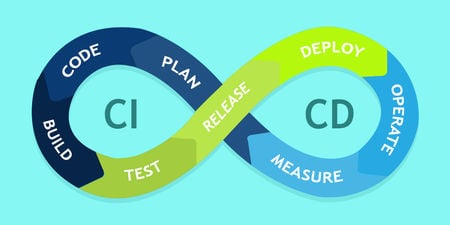


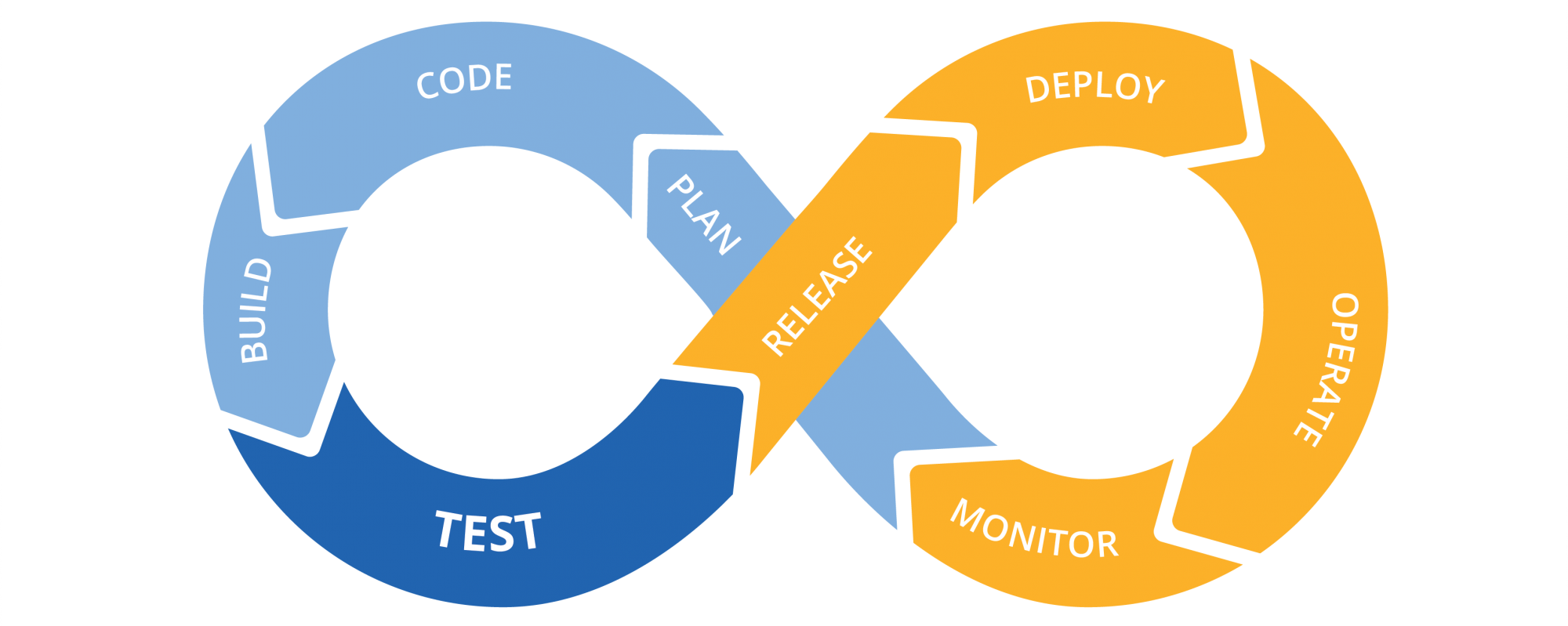
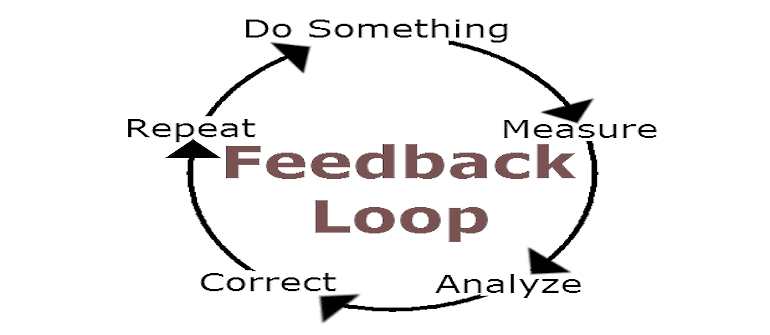




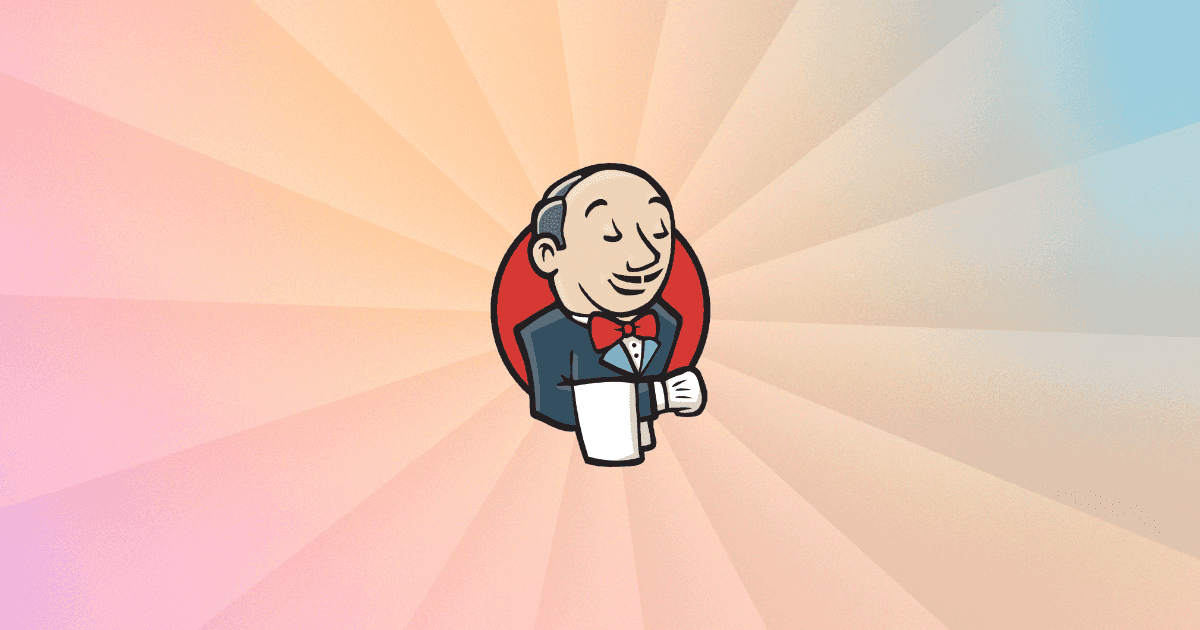








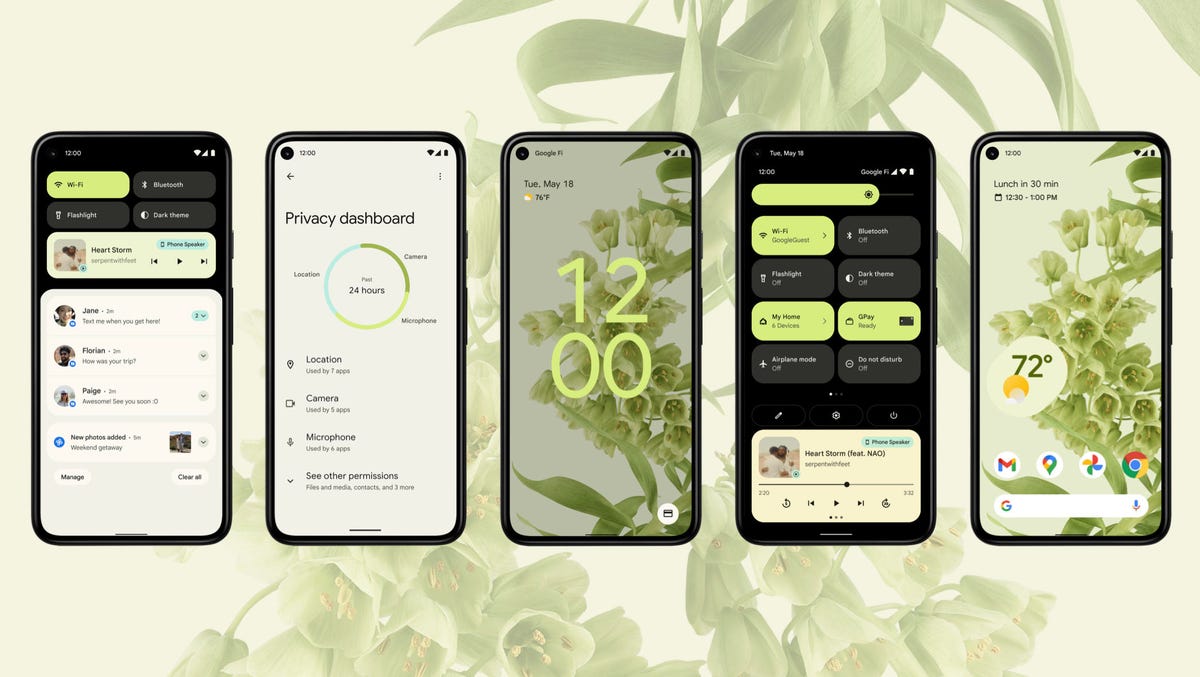







![Promotion Strategy: How To Promote Your Business [2021]](https://mk0evinex57iqfqomin8.kinstacdn.com/wp-content/uploads/2019/06/promotion-strategy-featured-image.png)






